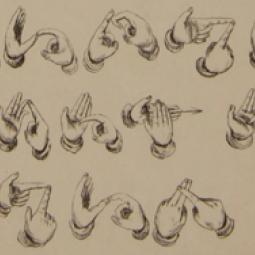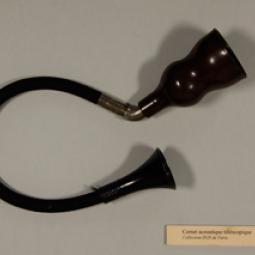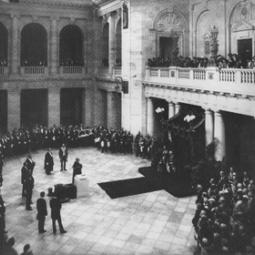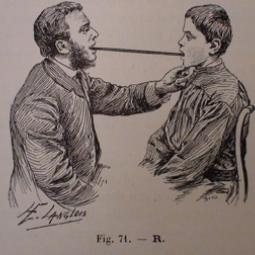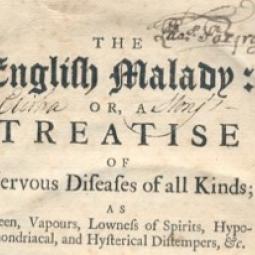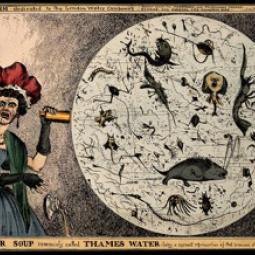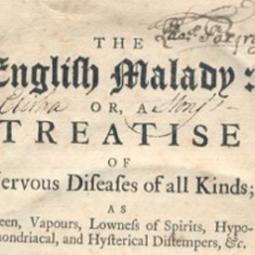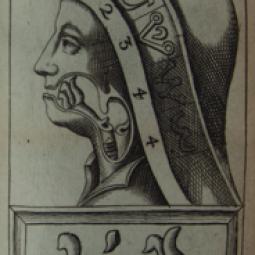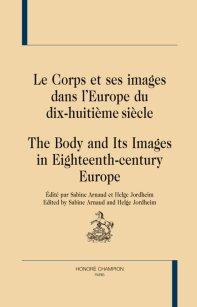This Research Group "The Construction of Norms in Seventeenth to Nineteenth-Century Europe and the United States" investigated the epistemological and political processes that led human variations to be seen not as a spectrum of human possibilities, but as reductive binaries that contrapose the normal with the abnormal, the healthy with the pathological, the able-bodied with the disabled. The historical construction of these categories was quickly obscured by their constant use. The terms “normal” and “abnormal,” for example, are used as ahistorical notions, not mindful of the fact that they have a history of their own. Yet the word “normal” was not widely used in French, English, Italian, Spanish, or German until the first half of the nineteenth century, while “abnormal” entered common usage only from the second half of the nineteenth century onwards. This Research Group was concerned with tracing the history of the diffusion of such categories and the construction of norms of this kind. To this end, the group focuses on four case studies: hysteria, contagion, deafness, and Alzheimer's disease.
Initially presented as an isolated and extreme case, hysteria became a common diagnosis in the second half of the eighteenth century, long before it was ever presented as a risk to society. Repeated modifications in the criteria for identifying the pathology, depending upon the political and epistemological priorities of the moment, led to an approach to the pathology that prioritized the role of social class and then favored the construction of a female illness.
Contagion was used in nineteenth-century England both to refer to a literal disease (fever) and as a metaphorical device employed in literary constructions. For instance, in the Poor Law Commissioner’s Report (1834), paupers become synonymous with spreading the contagion of idleness and consequently unproductivity, which was seen as a form of disease in the growing industrialized market. By the latter half of the nineteenth century, contagion had become an ubiquitous motif in the cultural imagination of England—as cholera and fever spread death and disease through the country—and a linguistic device used to classify anything considered diseased.
Throughout the eighteenth and nineteenth century, when disciplines such as surgery, psychiatry, and legal medicine were establishing their spheres of influence and authority, deafness was typically constructed as a problem to be solved. Each of these fields appropriated the issue of deafness and claimed to have “answers” to it, presenting it as a pathology, as an educational challenge, as an abnormal human development or as a state in the vicinity of natural language.
When academic psychiatry was institutionalized in the second half of the nineteenth century, the discipline drew on and contributed to various fields of knowledge, including experimental psychology, neuroanatomy, histopathology, and clinical medicine. Yet, the different fields—and their presumed relation to each other—had different implications for the systematization of psychiatric knowledge and the classification of mental disorders as the case of Alzheimer's disease shows. When Alzheimer's disease was presented as a nosological entity, it remained under debate whether this disease constituted a kind of its own or a peculiar subtype of senile dementia given that clinical and psychological examinations and histopathological assessments allowed for divergent conclusions. This case study sheds light on the diversity of pathological norms within academic psychiatry of the late nineteenth and early twentieth centuries.
The Research Group was organized into five teams, each seeking to develop methodologies for an epistemology of medicine, understood in terms of its wider ties to the history of the human sciences. Each team investigates the relationship between medicine and one or two other disciplines, examining how these fields are both pervaded by and challenge medical conceptions:
- Textual Encounters between Medicine, Literature, and Philosophy, and their Circulation in Public Debate
- Medicalization at the Intersection of the History of Psychology and the History of Education
- Legal history, the History of Criminology, and the History of Psychiatry
- Medicalization, the History of Material Cultures, the History of Prosthetics, and the History of Technology
- History of Linguistics and Philosophy of Language, and Forms of Life
The study of these disciplines served as a means towards understanding how the imperatives designed by each field of knowledge led to the implementation of a particular norm of mankind, revealing how that norm shifted according to what the various disciplines could offer as contributions to fulfilling it.


